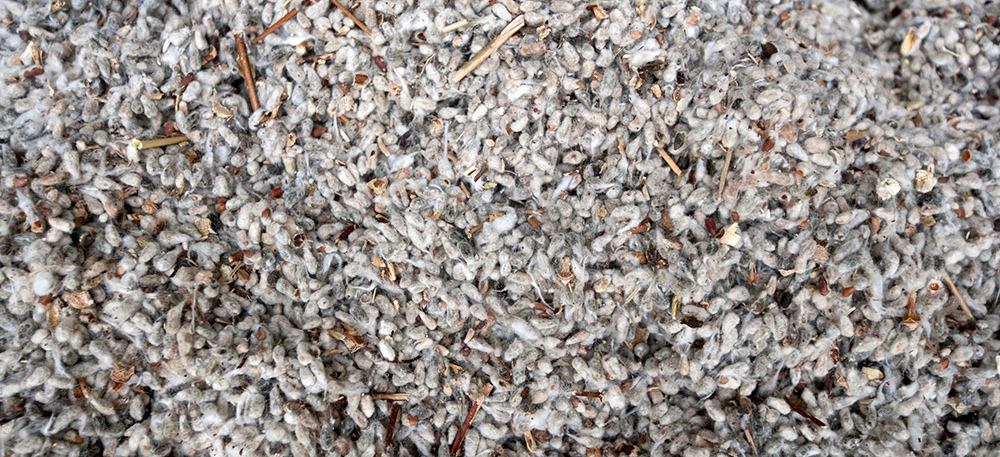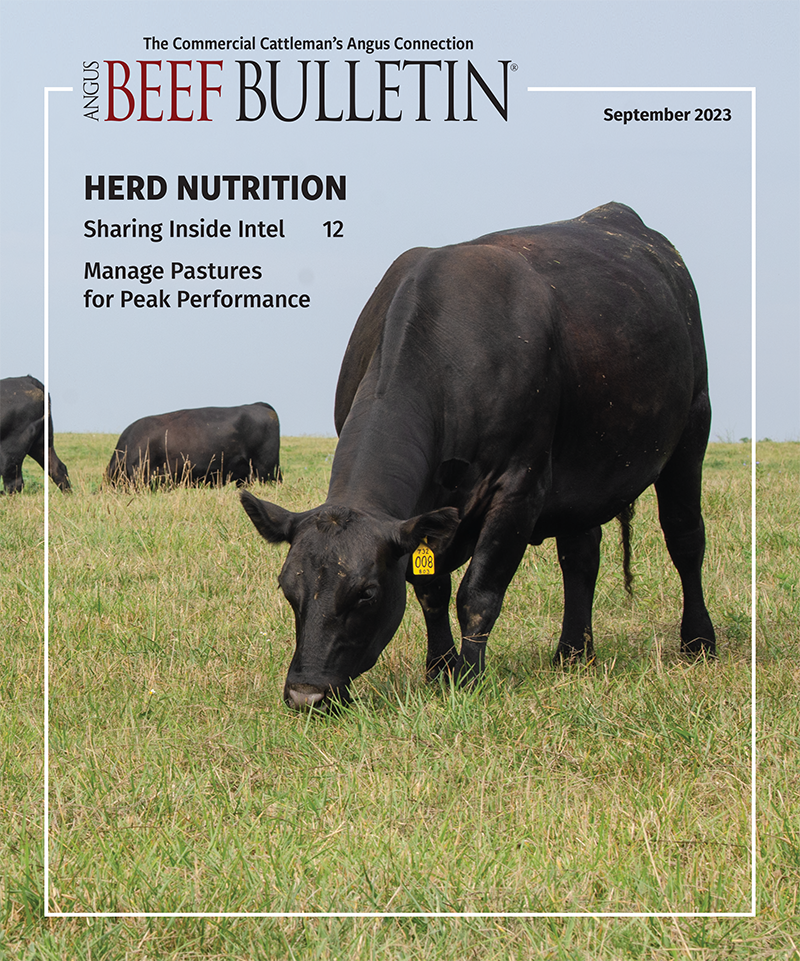
Whole Cottonseed Can Be an Option for Beef Cattle
How to use cottonseed in feedlot and cow-calf rations.
Cottonseed has been fed to cattle a long time. Yet, in recent years, there’s been renewed interest in this highly nutritious byproduct of the cotton industry. According to Alisa Ogden, a member of the Cotton Board who farms and ranches in southeastern New Mexico, that’s no accident.
“Some of us on the Cotton Board realized beef cattle were not being targeted as consumers of whole cottonseed, so the Cottonseed Beef Advisory Council was formed,” she explains. “Whole cottonseed had been fed to dairy cattle for years because it increases production of butterfat and has other benefits, but beef cattle had never been targeted.”
A rancher and cotton farmer, Ogden’s family has utilized whole cottonseed to feed weaned calves and yearlings for decades.
“I knew the benefits of cottonseed — the oil (fat) and protein,” she says.
One of the goals of the council was to educate nutritionists who work with feedyards and dispel misconceptions about use of whole cottonseed with beef cattle.
Blake Wilson, another council member and associate professor at Oklahoma State University (OSU), specializes in beef cattle nutrition. Recently, Wilson has conducted several research projects with whole cottonseed in feedlot and cow-calf operations.
There are many potential benefits as a supplement or in a ration for beef cattle, he says. The seed, left over after cotton has been harvested for fiber, contains some residual lint or fiber, which helps give whole cottonseed its unique composition as a feedstuff for livestock.
“Old-school terminology described whole cottonseed as a ‘triple-20 feed,’ meaning it was approximately 20% fat, 20% protein and 20% fiber,” Wilson explains, noting all three are important to a beef cow or feedlot animal. “Cottonseed is unique compared to other feeds in that it is very high in those three characteristics; no other feed has that same nutritional profile.”
There was a lot of research on cottonseed early on, but not much new has been conducted in the past 25 years. Interest picked up again about the same time the Cottonseed Beef Advisory Council was formed. This renewed interest is fueled as dynamics within the feed industry have changed, partly due to COVID, but also with fluctuations in supply of other feedstuffs, says Wilson.
An ingredient in feedlot diets
When feeding a total mixed ration (TMR) in a feedlot, whole cottonseed can be included as 15%-20% of that mix, he says. “It can replace protein, fat and fiber from other ingredients in a ration, with no detriment to performance or, in some cases, improved performance compared to the ingredients it replaces.”
In situations where standard ingredients become too expensive or harder to come by, whole cottonseed might be a viable alternative, he notes. “It may not make sense in every ration or for every feedlot operation, but it gives another option for those valuable nutrients.”
Supplementing cattle on pasture
It can also be an effective supplement for beef cattle on pasture, says Wilson. “Here at OSU we’ve been comparing whole cottonseed to what would be a traditional winter supplement for cattle — a 20% breeder cube.”
For ranchers who use a supplement on weathered mature pasture or feed medium- or low-quality hay, whole cottonseed may be a great alternative. Wilson is comparing differences in animal performance and rebreeding between various supplements and whole cottonseed to find out how well it substitutes.
Ogden’s family usually fed cottonseed to calves being backgrounded, so it could be fed in bunks. Feeding cottonseed to cows on range pastures creates waste as they can’t pick all of it up off the ground.
“The old-style cottonseed cake can be eaten off the ground. The cows flourished on that product, because the mill ground up whole cottonseed and put it in with the oil to make the cake pellets,” she explains. “When we had to change to a different style pellet that was grain-based, rather than cottonseed-based, cows would not eat it. If a person needs to feed cake (something that can be spread on the ground for cattle), if you can, get the old style with cottonseed in it. Cows do much better on that. It’s easier for a processor to make the other kind of pellets, however.”
Wilson says whole cottonseed makes an ideal receiving diet for young or stressed calves, partly because it does contain a little roughage. It’s also a good source of energy, but where that energy is coming from is different (fat and fiber) compared to a cereal grain (starch).
“You can provide the nutrients and energy the animal needs, but the mechanism for delivering it is different. This influences what’s happening in the rumen,” he says. “Acidosis can be an issue when adapting cattle to high-grain feedlot diets. If you can get more energy into cattle while feeding less starch, you have a lot of benefits.”
Editor’s note: Heather Smith Thomas is a freelance writer and cattlewoman from Salmon, Idaho.



